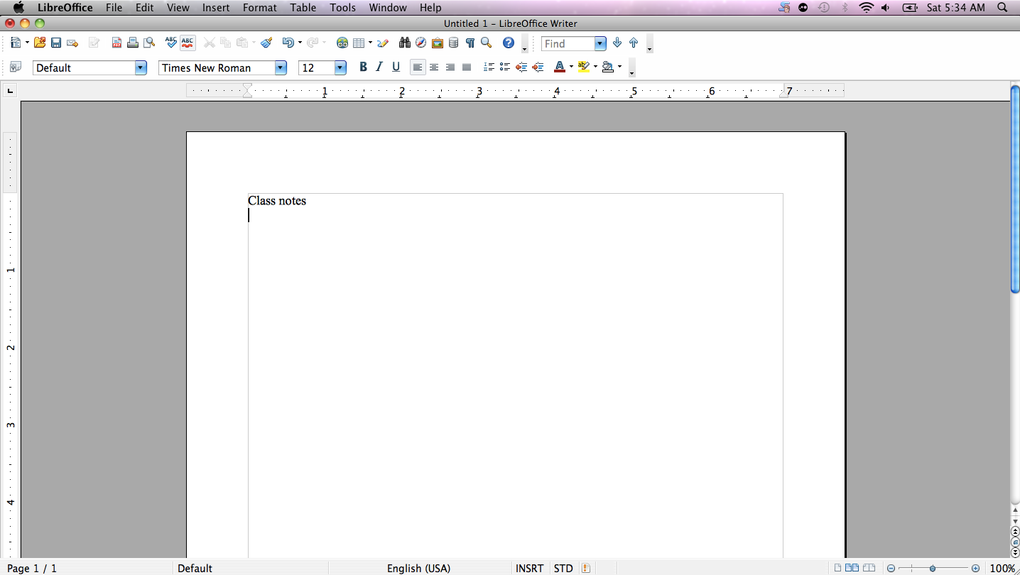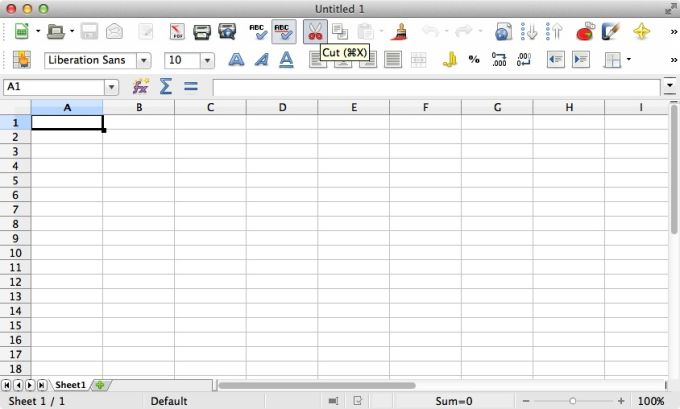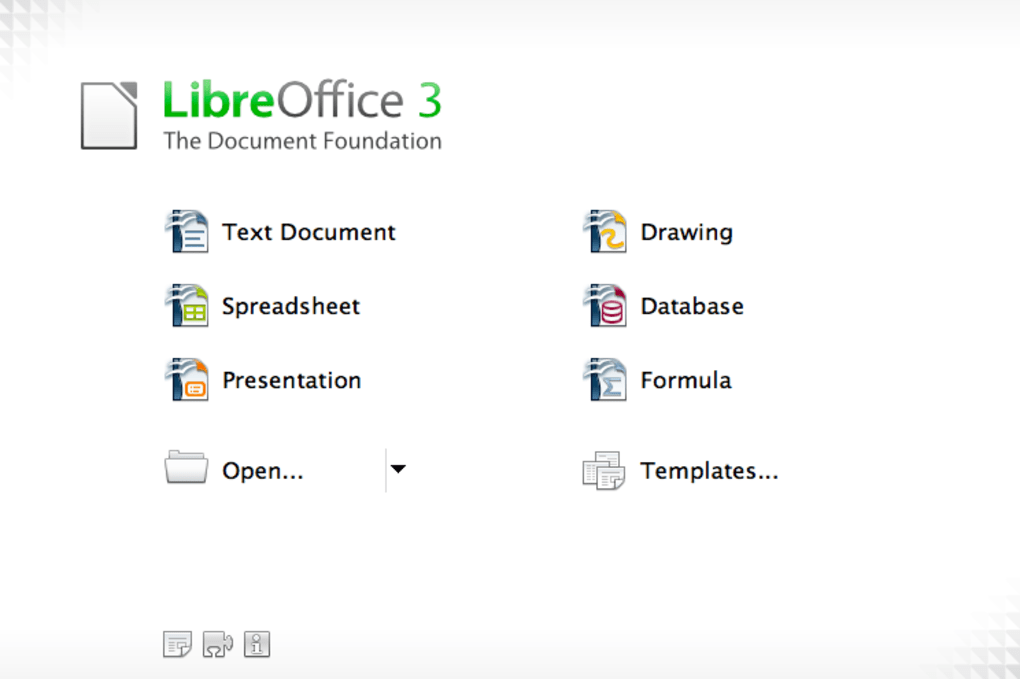
#LIBREOFFICE M1 MAC FULL#
MacDailyNews Take: Read more, and see many screenshots, in Eckert’s full article here. With my workload, RAM usage varies between 1GB and 5GB in total, which is also much less than what I had with the same workload on macOS. SuperTuxKart) run smoothly, as does high definition video using VLC…ĬPU usage rarely rises above 30%, even with a dozen or more graphical apps open and many background services and containers running.

I’ve never seen KDE, GNOME, LibreOffice, Gimp, Inkscape, and Firefox run so fast before. Other: Hugo, LibreOffice, Gimp, Inkscape, Bluefish, Remmina (corporate RDP)Įven with CPU-generated graphics (because GPU acceleration isn’t available yet), desktop environments and apps are lightning fast.Collaboration: MS Teams (via Firefox), GitHub, slack-term.Versioning & devops: Git, Git Cola, Docker, K3s, Ansible.Development: Java, JavaScript, Python, PostgreSQL.


Code editor: vim plus the developer extras.Wired Ethernet (although Wi-Fi works perfectly in Asahi).Lenovo ThinkPad II keyboard (2.4GHz connection).Moreover, it runs my software much faster than macOS on the same hardware. And while it’s missing a few features that will be added shortly (GPU acceleration, Bluetooth, sound), it’s otherwise very polished and 100% production-ready. It’s based on Arch Linux and is unbelievably fast.
#LIBREOFFICE M1 MAC INSTALL#
Eckert says he’s getting “real work done” and that Asahi Linux on an Apple M1 Mac mini is “unbelievably fast.” Apple’s M1 Mac mini packs a staggering amount of performance into its ultracompact design.Īsahi is the first Linux distribution that you can install natively on Apple M1-based (arm64) systems. Despite it being an alpha release, Jason Eckert immediately installed it, and he’s been using it as a developer workstation ever since. The first (alpha) release of Asahi Linux was released in March.


 0 kommentar(er)
0 kommentar(er)
